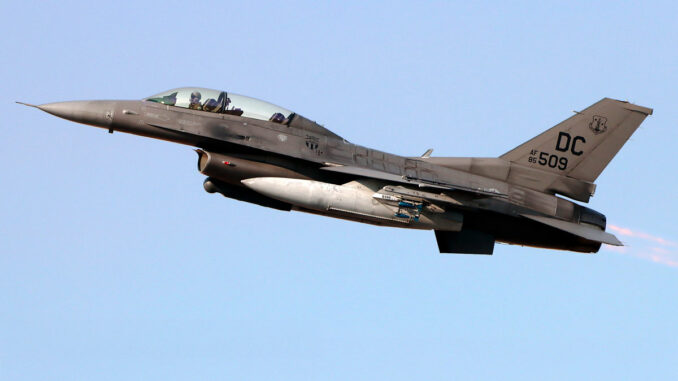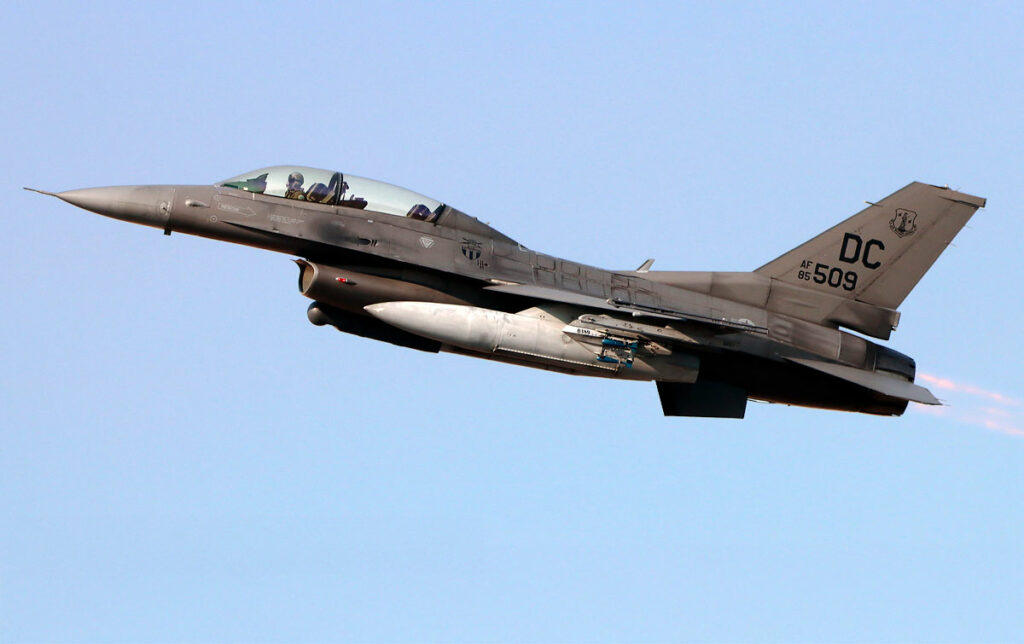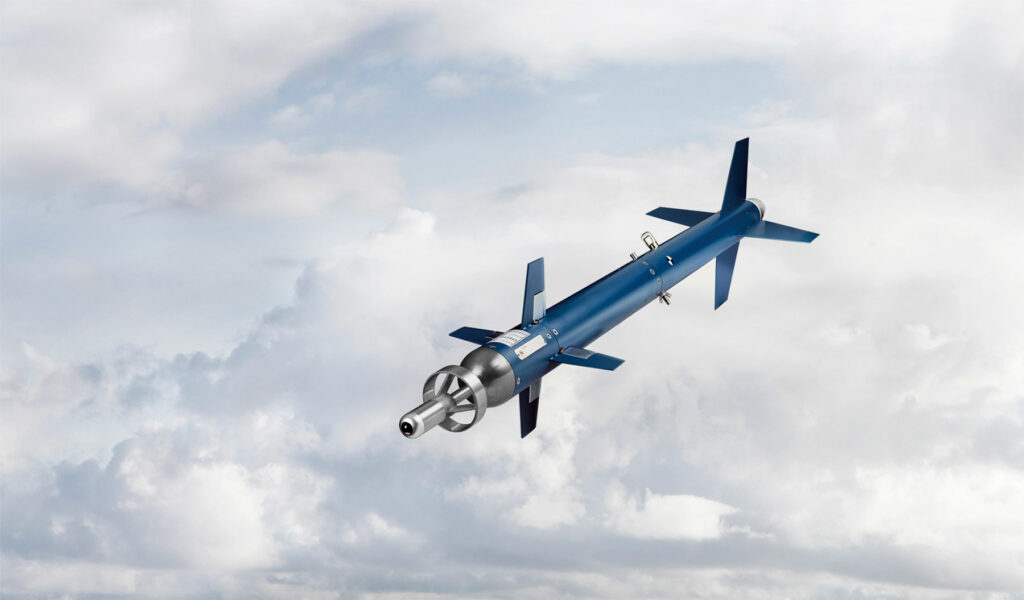
US Air Force F-16s use APKWS II rockets to destroy Houthi drones over the Red Sea, offering a cost-effective alternative to traditional missiles.
Since 2023, the US Air Force has been deploying laser-guided APKWS II rockets on its F-16s to neutralize Houthi drones in the Red Sea region. This approach offers a more cost-effective solution than traditional air-to-air missiles, while increasing the aircraft’s engagement capability. APKWS IIs, initially designed for ground targets, have proven their effectiveness in air-to-air combat against low-performance drones. This strategy responds to the growing threat of drones in modern conflicts, while optimizing costs and military resources.
APKWS II rockets: a cost-effective solution for air defense
Advanced Precision Kill Weapon System II (APKWS II) rockets are 70 mm munitions equipped with a laser guidance kit, transforming unguided rockets into precision weapons. The unit cost of an APKWS II is around $15,000 (approx. 13,500 euros), which is significantly lower than that of traditional air-to-air missiles. For example, the AIM-9X Sidewinder missile costs around $420,000 (around 378,000 euros) per unit, while the AIM-120 AMRAAM missile costs over a million dollars. This cost difference enables armed forces to engage targets at lower cost, while preserving stocks of more expensive missiles for larger-scale threats.

F-16s adapted for APKWS II use
The US Air Force’s F-16 Fighting Falcons have been modified to incorporate APKWS II rockets. This requires the addition of 70 mm rocket pods under the wings, each pod holding up to seven rockets. F-16s are also equipped with laser designation pods, such as the LITENING, enabling pilots to “lazer” targets to guide rockets with precision. This configuration offers increased flexibility, enabling pilots to engage multiple targets with high accuracy, while retaining the ability to use air-to-air missiles for more sophisticated threats.
Effectiveness of APKWS II against Houthi drones
The drones used by Houthi forces are generally simple in design, flying at subsonic speeds and following predictable trajectories. APKWS II rockets, with their laser guidance, are particularly effective against these low-performance targets. In 2019, the US Air Force conducted conclusive tests demonstrating the APKWS II’s ability to shoot down subsonic drones and cruise missiles. Since then, these rockets have been operationally deployed in the Red Sea region, offering a cost-effective solution to counter the growing threat of Houthi drones.

Strategic consequences of APKWS II use
The adoption of APKWS II rockets for air defense presents several economic and strategic advantages. On the one hand, the reduced cost of these munitions means substantial savings, especially in situations where enemy drones are deployed in large numbers. On the other hand, the use of less expensive rockets preserves stocks of more sophisticated missiles for higher-intensity threats. This approach optimizes the management of military resources and ensures an appropriate response to each type of threat.
The proven effectiveness of APKWS II against UAVs paves the way for wider use of these rockets in other air platforms and operational contexts. In addition to the F-16, other aircraft such as the A-10 Warthog, AV-8B Harrier and AH-64 Apache helicopters could benefit from this capability. In addition, the integration of proximity fuzes into APKWS II warheads could improve their effectiveness against more agile aerial targets. This technological evolution would provide armed forces with a panoply of options for countering air threats at a controlled cost.
The use of APKWS II laser-guided rockets by the US Air Force’s F-16s represents a significant advance in the fight against enemy drones. This approach combines operational efficiency and cost optimization, offering a solution adapted to the current challenges of modern warfare. As threats evolve, the adoption of flexible, cost-effective technologies like APKWS II will be essential to maintaining a strategic advantage on the battlefield.
War Wings Daily is an independant magazine.